Genetics Society of America Deck
2016 – (See Cards | Deck Info | Download Game | Download Rules | Purchase)…
This is a different set of game rules that incorporates a few special species cards (model organisms) and reworks them for use in a game that looks at the process of genetic research specifically, and process of science generally. Please feel free to download the cards and rules, and do leave comments using the “permalink” for specific cards. This is in collaboration with the Genetics Society of America, and the final deck was released during mid 2016.
For more information, please see this link.

GSA MODEL ORGANISMS DECK
.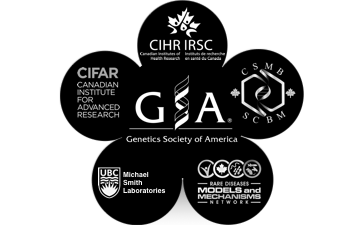
.
The first game to use a “science process” game mechanic to explore process of science ideas. In this case, a closer look at the use of model organisms – – in genetic research.

Ciliates
Tetrahymena (genus)

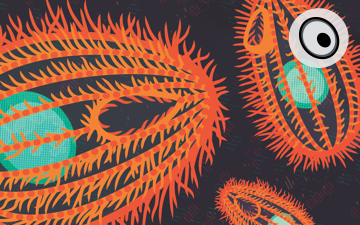
3 POINTS
Play: Ciliates have a MOVE of 1
These unicellular protists use hair-like cilia for locomotion and feeding. They are important to biomedical research and have contributed to our understanding of many cellular and biochemical processes.

Frog
Xenopus laevis / tropicalis

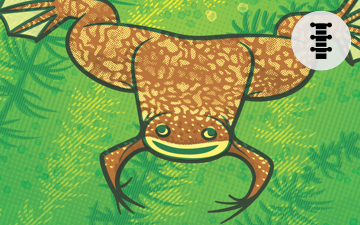
3 POINTS
Play: This frog has a MOVE of 2.
Commonly known as the “clawed frog”, this amphibian’s large embryos and eggs are easy to obtain and manipulate for medical and developmental research.

C. elegans
Caenorhabditis elegans

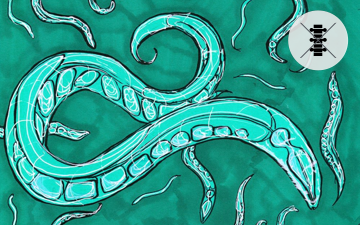
5 POINTS
Play: C. elegans has a MOVE of 1. It eats bacteria & rotting plants.
This transparent nematode (roundworm), the 1st sequenced multicellular organism, is no more than 1 mm in length, making it easy to examine for inherited traits during genetic studies.

Arabidopsis
Arabidopsis thaliana

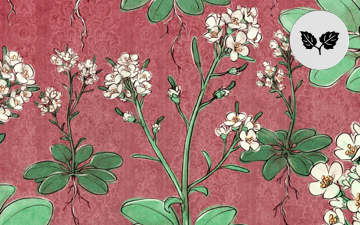
1 POINTS
This small flowering plant from the mustard family is an ideal model organism because of its short generation time, large yield, and small genome. It was the first plant to have it’s entire genome sequenced.

Join A Society
Modifier Card
The GSA has more than 5500 members worldwide, who work to advance the field of genetics to deepen our understanding of the living world.
Play: On your turn, use this card to look at the top 3 resource pile cards. Here, you may take 1, & return the other 2 to the top of the pile.